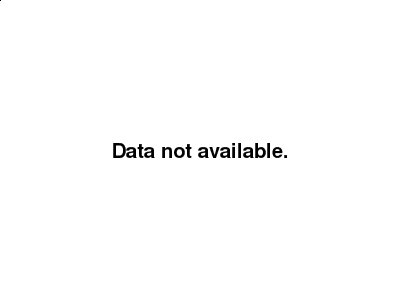The Australian dollar has posted slight gains on Thursday, as AUD/USD is trading just below the 0.75 line in the North American session. On the release front, Australian NAB Quarterly Business Confidence softened in the second quarter, coming in at plus -2. US indicators were mostly positive, as Unemployment Claims and Existing Home Sales both beat expectations. However, the Philly Fed Manufacturing Index was well short of the estimate, posting a decline of 2.9 points.
Australian business sentiment continued to improve in the second quarter, according to the NAB Quarterly Business Confidence survey. The indicator posted a gain of 2 points, which points to optimism, although it was not as high as the previous two quarters, which both came in at plus-4 points. With the economy still mired in low inflation levels, the RBA may take action and lower rates. The RBA minutes, released earlier in the week, indicated that there was further scope to lower interest rates, given low inflation levels. However, the minutes added that a monetary move by the bank would be data-dependent. In other words, if inflation and other key indicators show improvement, there will be less pressure on the bank to cut rates in order to boost inflation and bolster economic growth. The RBA caught the markets flat-footed in May, when it lowered rates from 2.00% to 1.75% in response to a dismal CPI release in the first quarter of -0.2%. The markets won’t be fooled twice, and will be keeping a close eye on the CPI release on July 27. If the inflation indicator falls short of expectations, there’s a strong chance that the RBA will again lower interest rates at its August 2 meeting, in order to boost economic growth and inflation.
The Federal Reserve will meet for a policy meeting on July 27, but is unlikely to announce a rate cut at that time, given current economic conditions. Is the Federal Reserve leaning more towards a rate hike before the end of the year? The markets appear to think so, as the chances of a rate hike this year has been priced in at 47%, up from just 20% at the start of July. This positive sentiment is a result of strong retail sales and housing reports over the past week. Another rate hike will be data-dependent, so if key indicators beat expectations, speculation of a rate hike will continue to increase. However, the Fed will be hesitant to make a move if inflation remains stuck at very low levels, nowhere near the Fed’s target of around 2 percent.
AUD/USD Fundamentals
Wednesday (July 20)
- 21:30 Australian NAB Quarterly Business Confidence. Actual 2 points
Thursday (July 21)
- 8:30 US Philly Fed Manufacturing Index. Estimate 5.1. Actual -2.9
- 8:30 US Unemployment Claims. Estimate 271K. Actual 253K
- 9:00 US HPI. Estimate 0.4%. Actual 0.2%
- 10:00 US Existing Home Sales. Estimate 5.48M. Actual 5.57M
- 10:00 US CB Leading Index. Estimate 0.2%. Actual 0.3%
- 10:30 US Natural Gas Storage. Estimate 40B
*Key releases are highlighted in bold
*All release times are EDT
AUD/USD for Thursday, July 21, 2016

AUD/USD July 21 at 10:35 EDT
Open: 0.7464 High: 0.7514 Low: 0.7453 Close: 0.7494
AUD/USD Technical
| S3 | S2 | S1 | R1 | R2 | R3 |
| 0.7251 | 0.7339 | 0.7472 | 0.7612 | 0.7739 | 0.7835 |
- AUD/USD posted slight gains in the Asian session and showed limited movement in European trade. The pair is unchanged in the North American session
- 0.7472 remains fluid and is currently in a support role. It is a weak line and could see further action in the North American session
- 0.7612 is a strong resistance line
- Current range: 0.7472 to 0.7612
Further levels in both directions:
- Below: 0.7472, 0.7339, 0.7251 and 0.7105
- Above: 0.7612, 0.7739 and 0.7835
OANDA’s Open Positions Ratio
AUD/USD ratio has shown slight gains in long positions. Currently, long positions have a slight majority (54%), indicative of slight trader bias towards AUD/USD continuing to post gains.
This article is for general information purposes only. It is not investment advice or a solution to buy or sell securities. Opinions are the authors; not necessarily that of OANDA Corporation or any of its affiliates, subsidiaries, officers or directors. Leveraged trading is high risk and not suitable for all. You could lose all of your deposited funds.